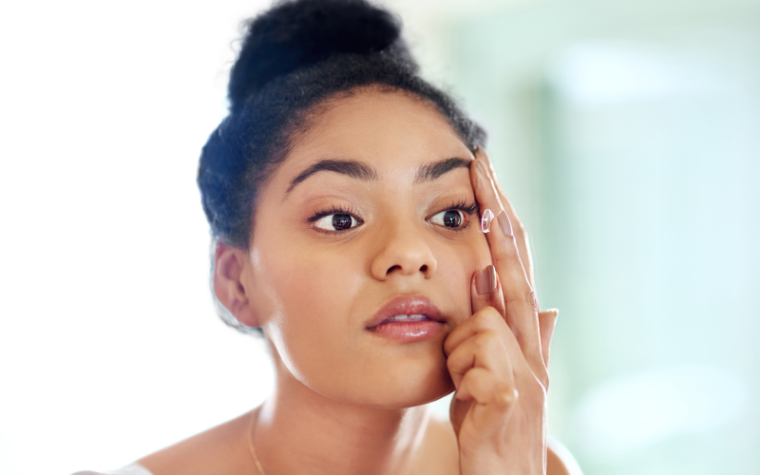All Categories
Featured
Table of Contents

Normal eye assessments are essential for maintaining excellent vision and spotting potential eye wellness concerns early. The regularity of these exams can differ substantially based on a person's age, way of living, and overall health. Comprehending the recommended timetable for eye tests can aid make sure that people of any ages obtain proper care and monitoring for their eye health and wellness.
Newborns and Toddlers (0-2 Years)
For kids and infants, eye tests are critical for finding any type of potential vision issues early on. The American Academy of Ophthalmology advises that a youngster's initial eye examination ought to happen at around six months old. During this first visit, the eye treatment specialist will certainly assess the kid's visual development and check for any apparent eye concerns.Following this initial exam, it is recommended that youngsters have one more eye exam at age 3. This check out will concentrate on analyzing the kid's total aesthetic function, consisting of eye alignment and the capability to track things. If no issues are detected, the following examination needs to be set up prior to the child begins school, generally around age five or six.
School-Aged Children (6-18 Years)
Once children get to college age, routine eye exams need to be arranged each to 2 years. Vision is important for discovering and advancement, and several schools conduct vision testings. These screenings do not replace a detailed eye examination by an eye treatment expert.For kids involved in sporting activities or tasks requiring considerable aesthetic emphasis, annual eye tests might be suggested. Furthermore, if a child shows indications of vision problems-- such as trouble reading, squinting, or regular headaches-- a browse through to the eye physician must be scheduled asap.
Young Adults (19-39 Years)
Young person usually have fewer vision changes than older age teams, yet regular eye exams continue to be crucial. The general suggestion is to schedule an eye examination every 2 years throughout this duration. People with particular danger aspects-- such as a family members background of eye disease, diabetes mellitus, or those that use call lenses-- ought to consider yearly eye tests.Additionally, those who spend considerable time on electronic gadgets may experience electronic eye pressure. If symptoms such as dry skin, exhaustion, or blurred vision happen, it may be wise to see an eye care specialist faster.
Adults (40-64 Years)
Adults aged 40 to 64 need to set up eye exams every one to two years. Eye exams can additionally assist detect other typical age-related conditions such as glaucoma, cataracts, and macular deterioration.If individuals in this age team have threat factors like high blood pressure or diabetes, they may need more regular evaluations to monitor their eye health closely.
Elders (65 Years and Older)
For seniors, normal eye examinations become a lot more critical. The American Optometric Organization suggests that people matured 65 and older have an eye test at the very least yearly. Older grownups go to a higher danger for numerous eye conditions, including cataracts, glaucoma, and age-related macular deterioration. Early discovery and treatment of these problems can prevent vision loss and enhance the lifestyle.Conclusion.
Comprehending the suitable routine for eye exams based on age is essential for preserving optimum eye wellness throughout life. By adhering to these guidelines and consulting with an eye treatment expert, individuals can take aggressive actions towards protecting their vision and total health and wellness.Table of Contents
Latest Posts
Choosing the Right Location: What to Take into consideration for Wedding Events, Meetings, and Events
Published Mar 25, 25
1 min read
Host Your Perfect Occasion: Place Rental Alternatives for each Event
Published Mar 18, 25
1 min read
Discover Relaxation at the Claridge Indoor Pool
Published Feb 13, 25
1 min read
More
Latest Posts
Choosing the Right Location: What to Take into consideration for Wedding Events, Meetings, and Events
Published Mar 25, 25
1 min read
Host Your Perfect Occasion: Place Rental Alternatives for each Event
Published Mar 18, 25
1 min read
Discover Relaxation at the Claridge Indoor Pool
Published Feb 13, 25
1 min read